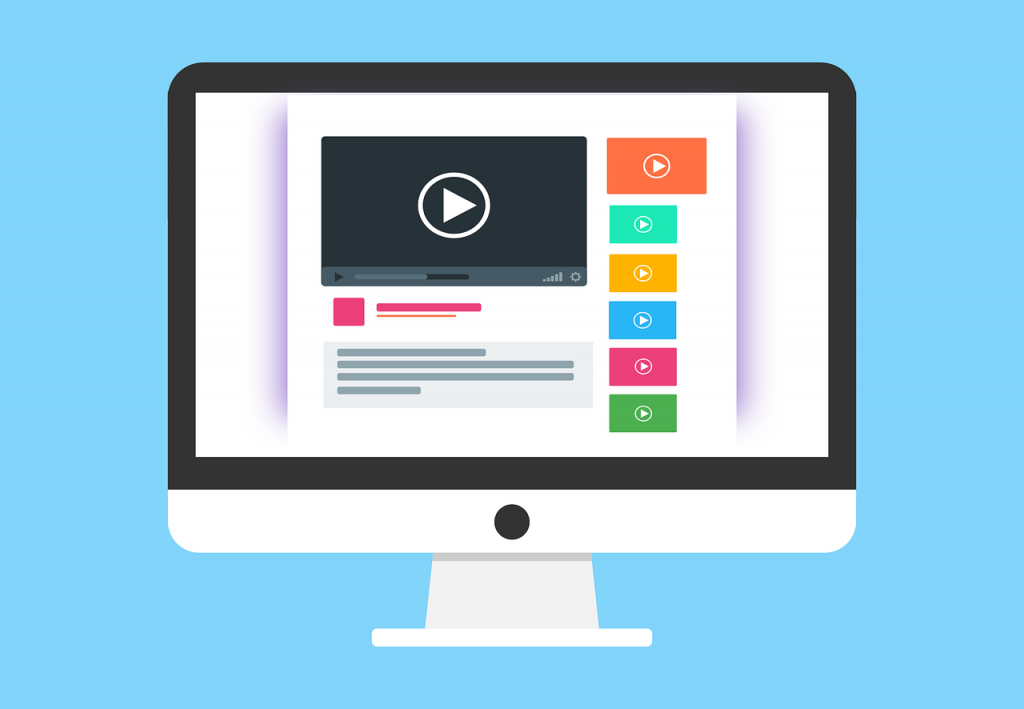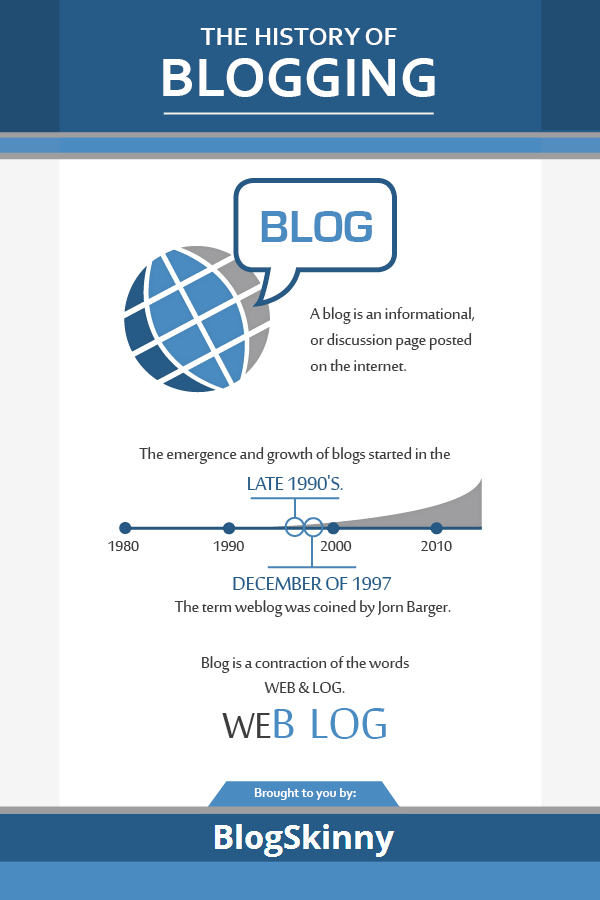Smart Tips To Get Creative with Native Ads
Native ads consist of the elements that make them seamlessly fit into the webpage they are shown on. These elements are predefined by the website, but it is their publisher that decides what they will look like.
You will find native ads on social media (e.g. Facebook news feed), in-feed (a tile on Pinterest matching what is around) or with the previously mentioned ‘ad’ or ‘sponsored content’ disclaimer on a regular website.
Native ads are a very powerful tool and they are used much more often than you think. In fact, native ads will make up nearly 60% of display spending in 2018.
The beauty of native ads is that you can use them to reach a large number of prospects and customers in a very non-invasive way. It is not a coincidence that companies spend so much money on them – native ads are among the most effective paid growth channels for businesses.
However, a lot of people in the advertising industry struggle with native ads and don’t see the expected return on investment from them. This article explains how you can get creative with native ads, which will, in turn, engage more audience and eventually lead to more sales.
How to Get Creative with Native Ads
Creating native ads is a challenge that gives trouble to marketers and advertisers around the world. Balancing between a clear brand message and blending in with editorial content can be rather tricky.
However, there are a few ways to play with your ads and successfully target your audience. If you want to get creative with your native ads, here is what you can do.
Master your headlines
 A great headline is crucial to your ad. In fact, a great majority of people will decide whether they want to click on your ad based only on the headline.
A great headline is crucial to your ad. In fact, a great majority of people will decide whether they want to click on your ad based only on the headline.
Luckily, you can master your headlines by doing the following things:
Are you asking a question?
When you ask a question in your headline, you will draw your audience’s attention and prompt them to click on the ad.
Including your target audience
If you are looking to sell online products and services in a specific niche, it would be wise to address your audience in the headline. Although this will probably reduce the number of people who click, those who do click will be more likely to convert.
Here is an example of a great question:
– Hey travel lovers, looking for a dream destination this summer?
Making it clear
If you want your audience to buy your products or services, they first need to understand you. Therefore, you need to send a clear message that will resonate with your audience and fit into the character limits of native advertising platforms.
If you are tired of racking your brains to craft a perfect headline, you can even try using tools for generating headlines. They will save both your time and energy.
Rock your descriptions
Once you have crafted a compelling headline, you need to summarize your content in maximum 120 characters. Your description should serve as a subheading where you clarify what the readers can expect from your content.
Recycling
A description should summarize the landing page or blog post you are connecting your ad to. Use keywords and phrases from your web page to show readers how they can benefit from your brand. Don’t try too hard to have unique content in your ad. Instead, be consistent with the content you already have on your website.
Answering the headline
If you decided to ask a question in the headline, make sure that you answer it in the description. Share your expertise and knowledge before a reader clicks on the ad to build trust and interest in your readers.
Including a call to action
In case your native ad leads to a landing page on your website, clarify this with an obvious CTA in the description. Be explicit and use phrases such as ‘click to find out’, ‘click to sign up for’, etc.
Evoking emotion
Humans are much more influenced by emotions than by cold reason. If you want to sell something and make it seem natural, you need a positive emotional reaction to your ad. Use native ads as an emotional gateway to your product or service.
A picture is worth how many words?
 Finally, your images give you a great opportunity to create an irresistible headline-description-image triad and leave your readers no other choice but to click on your ad. However, even though your image needs to make a great impression by itself, it also has to match the other two segments – headline and description.
Finally, your images give you a great opportunity to create an irresistible headline-description-image triad and leave your readers no other choice but to click on your ad. However, even though your image needs to make a great impression by itself, it also has to match the other two segments – headline and description.
Making it high-quality
This one goes without saying. When you use poor-quality images, you repulse your potential customers and give them to your competitors on a silver platter.
We all know that high-quality product images increase the number of sales on your website, but you also need great images for your ads.
If you want to capture the attention of your audience right away, you need a high-definition, properly sized and cropped image, be it from one of the stock images websites or created by your own photographer.
Is it relevant?
Besides making your image fit the context of your ad, you also need to make it relevant to your target audience. Try to include them and relate to your headline as much as you can.
Representation
In your image, you need to accurately represent your brand and your diverse customer base. In other words, make sure you include different ages, races, and genders, but also keep in mind the visual and ethical attributes of your brand.
Promote
Besides crafting an engaging native advertisement and promoting it on Google AdWords or other similar channels, you can also try promoting your content such as articles, images, and videos. This will make your brand original and more easily noticeable to your audience.
Articles
You can promote your posts on other blogs and editorial websites. However, make sure that you write quality articles which will be engaging and helpful to the website visitors.
The only difference between the content regularly posted on the host website and your sponsored post is that your post will have a word ‘sponsored’ at the top.
In addition, promoting your content on social media is always a good option. Still, wherever you promote your content, make sure that you customize it for the platform you are using.
Images
Again, how many words is a picture worth? We all know the answer to this question very well, but there are still so many unexplored opportunities that images offer.
When you promote images, you show your brand seamlessly in a picture which is native to the website’s design. The Cheezburger network partnership with various brands, Electronic Arts’ promotion of the video game Sims 3 Pets and Mekanism’s native ads for Brisk iced tea are only some of the examples of successfully conveyed brand messages through images.
Videos
 Okay, maybe we do know how many words a picture is worth, but we can only guess that for a video. One thing is for sure – a video is worth much more than a picture.
Okay, maybe we do know how many words a picture is worth, but we can only guess that for a video. One thing is for sure – a video is worth much more than a picture.
You have probably seen promoted videos on YouTube as this website was among the first websites to offer promoted videos in such a way. Nowadays, there are a lot of marketers that use this opportunity to appear among the top relevant search results.
Similar to promoted posts and images, promoted videos enable brands to target their audiences using the format of non-sponsored YouTube video clips.
However, YouTube is not the only website where you can do this. There are a number of websites that offer this possibility such as Tumblr, for example. You can also consult with native video distribution platforms brands and agencies to find the best way to promote your videos.
Bonus tip: Use sponsored listings
Even if images, videos or posts are not the default content found on a website, you can still try to promote your brand in the form of sponsored listings.
Sponsored listings are paid ads that are presented the same as the products or services sold on the website. Amazon is only one of the websites that lets brands show their ads as sponsored links that perfectly fit the context of their website.
Another website that offers such opportunities is Yelp. If you pay for a native ad on this website, it will be shown as the first search result and marked by ‘Yelp Ad’. Otherwise, it will be identical to all other places on the list.
Conclusion
A lot of people say that native advertising is the future of online advertising. But we would rather say it is the present.
This type of advertising has great potential because it can reach a large number of customers by meeting them on the website they are browsing at the given moment.
Once you promote a creative native ad and send your audience to a converting landing page, the only thing left to do is sit back, relax and track your website visitors while they are increasing your traffic and buying your products.
The post is by Dave Schneider,the founder of LessChurn, churn reduction app. In 2012 he quit his job to travel the world, and has visited over 65 countries. In his spare time, he writes about SaaS and business at DaveSchneider.me.




